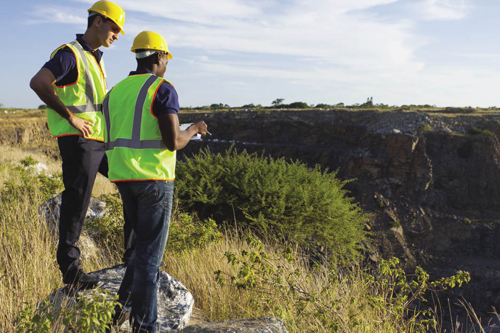At the New York Climate Week 2020, The Nature Conservancy – India launched a tool for helping decision-makers, investors and financiers to make better choices in selecting land for siting solar and wind projects. A free and publicly accessible geospatial decision-support tool — SiteRight — can support siting of new renewable energy projects in places with viable resource potential but away from land areas rich in biodiversity and on which local communities depend.
The tool has been developed by The Nature Conservancy – India and partners Centre for Science, Technology and Policy (CSTEP), Foundation for Ecological Security (FES) and Vasudha Foundation (VF).
“Our scientific analysis shows that India has the potential to develop ten times its 2022 target of 175 GW if we take steps today to guide the expansion of renewable energy to lower impact areas. Developing guidelines for project siting, identifying renewable energy zones, improving planning and procurement processes, and strengthening environmental and social performance standards of renewable energy financing, are some such steps,“ said Seema Paul, Managing Director, The Nature Conservancy – India.
Broad-based adoption of the tool would help India meet its renewable energy ambition faster by de-risking investments, reducing permission delays, avoiding conflicts with local communities and/or environmental stakeholders, while conserving important ecosystems and their services for people.
Satya Tripathi, UN Assistant Secretary-General, and Head of New York Office at UN Environment said,“RE projects are land intensive and siting decisions are critical to success since land is inelastic. Not just RE, but also to our food security, it is vital to reasonably estimate the opportunity cost of alternate means. Hence, such a tool will be important for government and various stakeholders to make decisions.”
“Wide adoption of this tool would also support India to improve its carbon sequestration goals by avoiding areas with high reforestation potential; protect connectivity between important forests and natural lands, enabling wildlife movement; avoid conversion of forest and agriculture land important for people and nature; avoid impacts to socio-cultural values and livelihoods,” said Dhaval Negandhi, Ecological Economist and SiteRight Project Lead at The Nature Conservancy – India.
Rapid expansion of renewable energy is critical to meeting India’s energy needs and addressing climate change. However, new solar and onshore wind energy projects cannot be poorly sited, for there could be unintended impacts on ecosystems and local communities. Such consequences can come in the way of further growth of renewable energy in the country.
A new paper titled Scaling up renewable energy deployment in India: Pathways to reduced socio-ecological risks, was also released by The Nature Conservancy – India during the event.










